
When Your Non-Stick Pan Loses Its Coating, Don’t Throw It Away: Try This Method to Fry Without Food Sticking or Breaking

Regular pans or non-stick pans often start to have food stick to them after some time of use, making frying or sautéing difficult and frustrating. So, how can you prevent food from sticking to your pan? Keep these simple, practical, and easy-to-follow tips in mind.
Nowadays, cooking fried dishes has become much easier thanks to the non-stick coating on pans. But once the non-stick layer wears off, food sticks easily, ruining the appearance and taste of your meals. Try the simple trick below and you’ll find that your food won’t break or stick, even if the pan’s coating is damaged. This trick allows you to extend the life of your old pan and keep cooking delicious meals.
A Simple Trick for Pans with Lost Non-Stick Coating
Most modern non-stick cookware is coated with Teflon, scientifically known as polytetrafluoroethylene (PTFE). Invented accidentally in 1938 for military use, Teflon was introduced in cookware by 1951, providing a smooth, wax-like surface that’s easy to clean and extremely convenient for cooking.
If the coating on your pan meets quality standards, it is generally safe to use. Even if small flakes of Teflon come off and are accidentally ingested, they usually pass through your digestive system without harm. However, cooking at excessively high heat can cause the coating to break down, which poses health risks. Experts recommend using non-stick pans for no longer than 2-3 years to avoid these risks.
If you want to keep using your non-stick pan longer without frequently replacing it, here’s a trick to make sure your fish or fried dishes never stick.
Step 1: Place your pan (even if it’s no longer non-stick) on the stove and heat it until dry and hot. Test by sprinkling a teaspoon of water on the pan — if the water bubbles and evaporates quickly, it’s ready.
Step 2: Add cooking oil or fat to the pan and wait until it bubbles and sizzles.
Step 3: Add eggs, fish, or other food items to begin frying.
Note: Make sure your fish or food is completely dry before frying; any moisture will cause oil to splatter.
Tips for Proper and Safe Use of Non-Stick Pans
-
Clean the Pan with Coffee When New
When you buy a new non-stick pan, wash it first with dish soap to remove dust. Then, heat the pan with a moderate amount of coffee grounds and rinse thoroughly. This method cleans the pan and effectively removes the unpleasant chemical smell from the non-stick coating. -
Add Oil Before Heating the Pan
Always add oil to a dry pan before heating it. Avoid heating an empty pan first, as this can damage the non-stick coating, releasing harmful substances and shortening the pan’s lifespan.
Additionally, when frying or sautéing, use less oil to protect your family’s health. You can even fry eggs or toast bread directly without oil, taking advantage of the pan’s coating.
-
Cook on Low to Medium Heat
High heat breaks down the non-stick surface, releasing harmful compounds. Always cook on low or medium heat and reduce the heat if the pan becomes too hot or starts to smoke. This prolongs the life of the coating and ensures your safety. -
Avoid Using Non-Stick Pans for Baking or Braising
Cooking methods like baking or braising require high temperatures, which can quickly damage the non-stick layer. Avoid these uses to preserve your pan. -
Do Not Use Non-Stick Pans in Ovens
Non-stick pans are not designed for the high heat of ovens. Using them inside an oven can cause the coating to peel off, contaminating food and posing health risks. -
Avoid Adding Salt or Seasonings Directly While Cooking
Adding salty seasonings directly to a hot pan can create tiny pits in the coating, reducing its effectiveness and lifespan. Also, avoid storing food in the pan for long periods as this can degrade the coating. -
Do Not Use Metal Utensils
Avoid stirring food with metal spoons, forks, or knives. Instead, use wooden or bamboo utensils to protect the pan’s surface. For cleaning, use soft sponges or cloths rather than abrasive scrubbers. -
Do Not Overheat the Pan Before Adding Oil
Heating an empty pan too much damages the coating. Heat only until the surface is dry, then add oil. -
Clean Gently to Preserve the Coating
Non-stick pans clean easily. Use the soft side of a sponge gently to remove residue. Avoid vigorous scrubbing to prevent coating damage.
Additional Advice for Maximizing Pan Lifespan and Cooking Quality
-
Rotate Your Pans: If you have multiple pans, rotate their use to avoid excessive wear on one pan.
-
Store Properly: Avoid stacking heavy cookware on top of non-stick pans to prevent scratches.
-
Regular Maintenance: Season your pan occasionally by heating a small amount of oil and wiping it off, which can help maintain some non-stick properties.
-
Replace When Necessary: Even with care, non-stick coatings wear out over time. If your pan is severely scratched or peeling, consider replacing it for safety and cooking quality.
By following these simple tips, you can safely and effectively use your non-stick pans, or even revive older pans without non-stick coating, saving money and cooking delicious meals without the frustration of sticking or broken food.
News in the same category


Treat premature gray hair with this cheap black hair dye recipe using star fruit and potatoes!
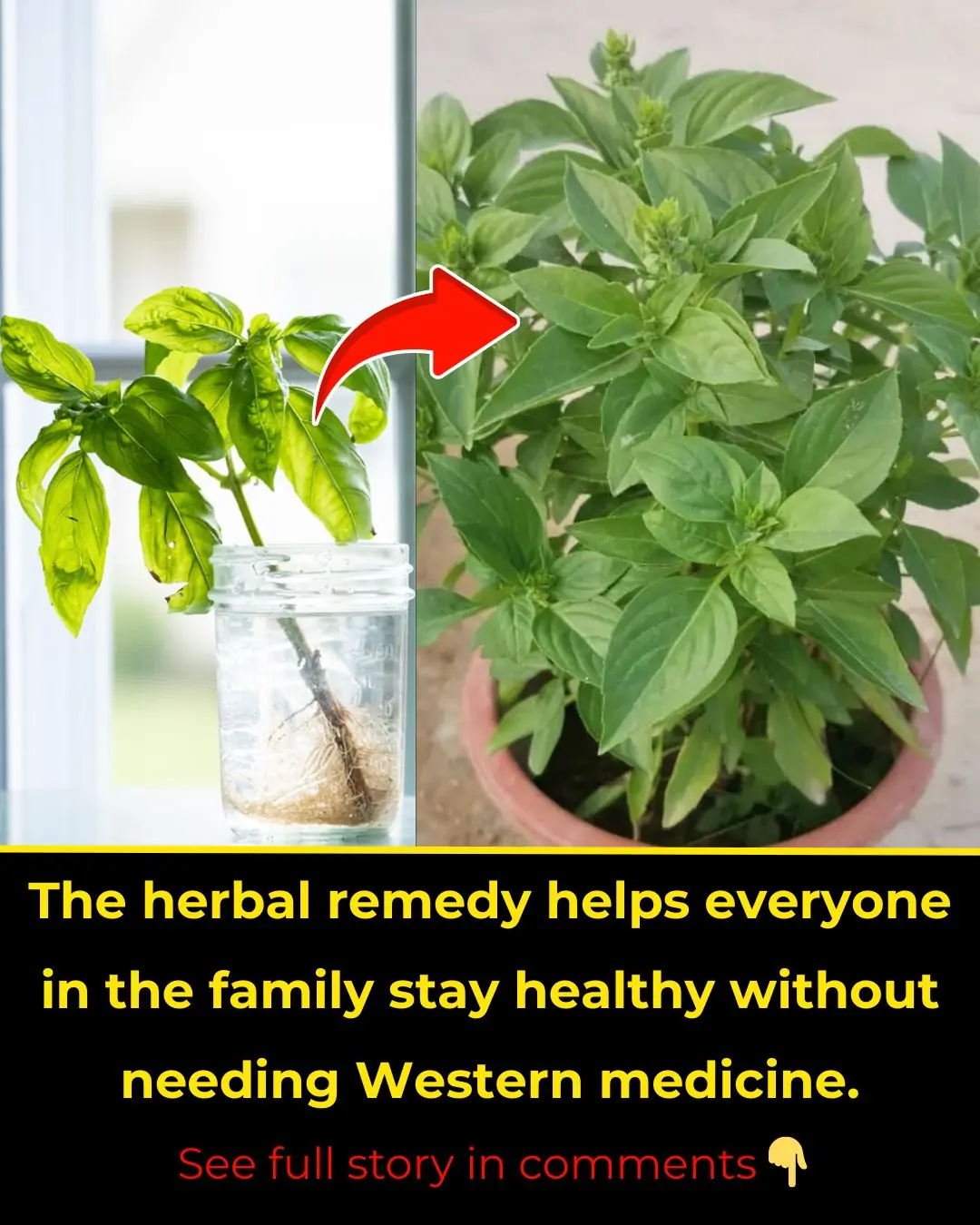
Herbs help prevent cancer, have 1 plant and the whole family will be healthy

Honest advice: Throw away these 4 toxic plastic items immediately before cancer "knocks on your door"

6-year-old son just woke up having a stroke, the doctor emphasizes 4 signs parents need to understand to save their child
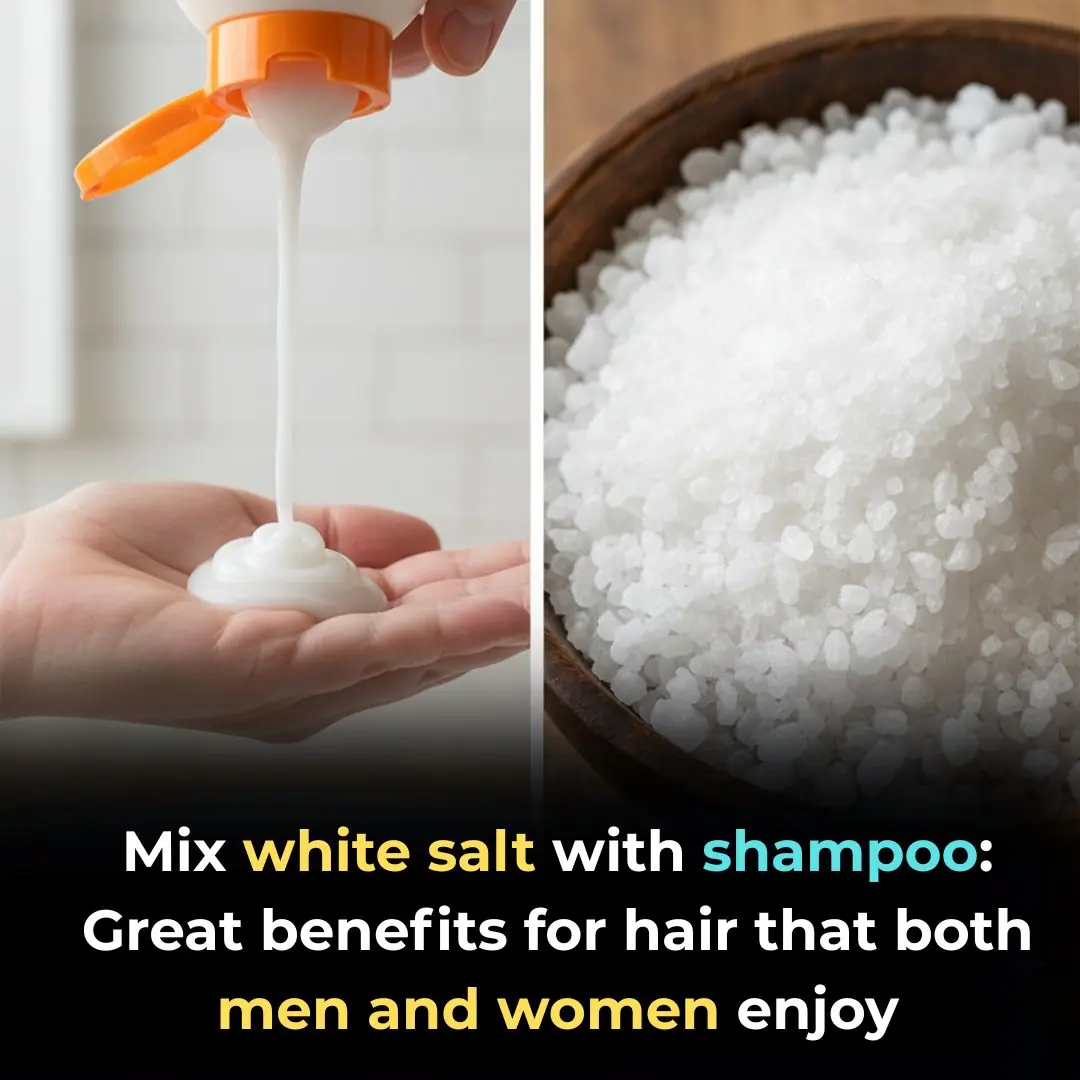
Mix white salt with shampoo: Great benefits for hair that both men and women enjoy

There are a lot of mosquitoes, put this bowl of water in the room, no matter how many mosquitoes there are, they will fly away and sleep well all night
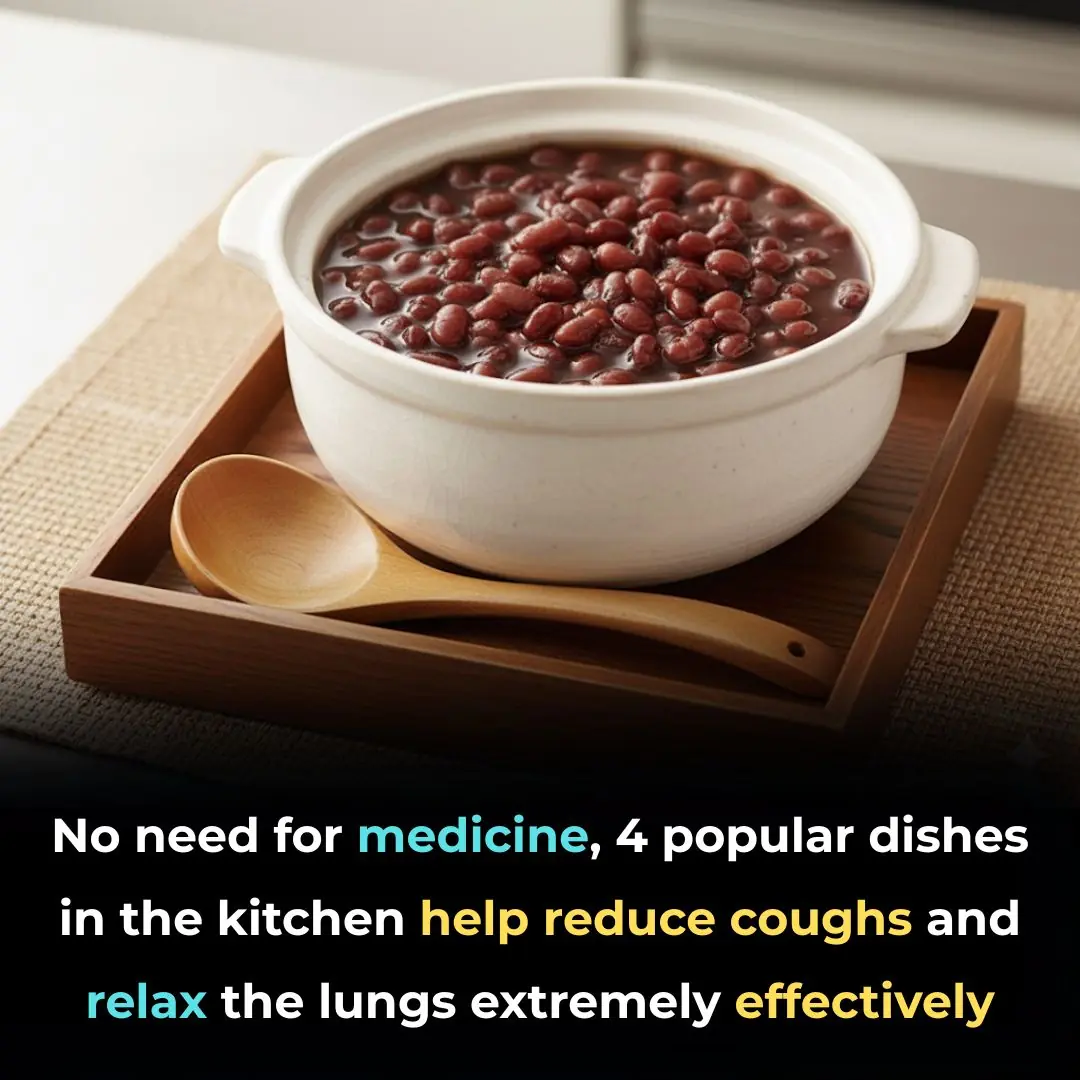
No need for medicine, 4 popular dishes in the kitchen help reduce coughs and relax the lungs extremely effectively
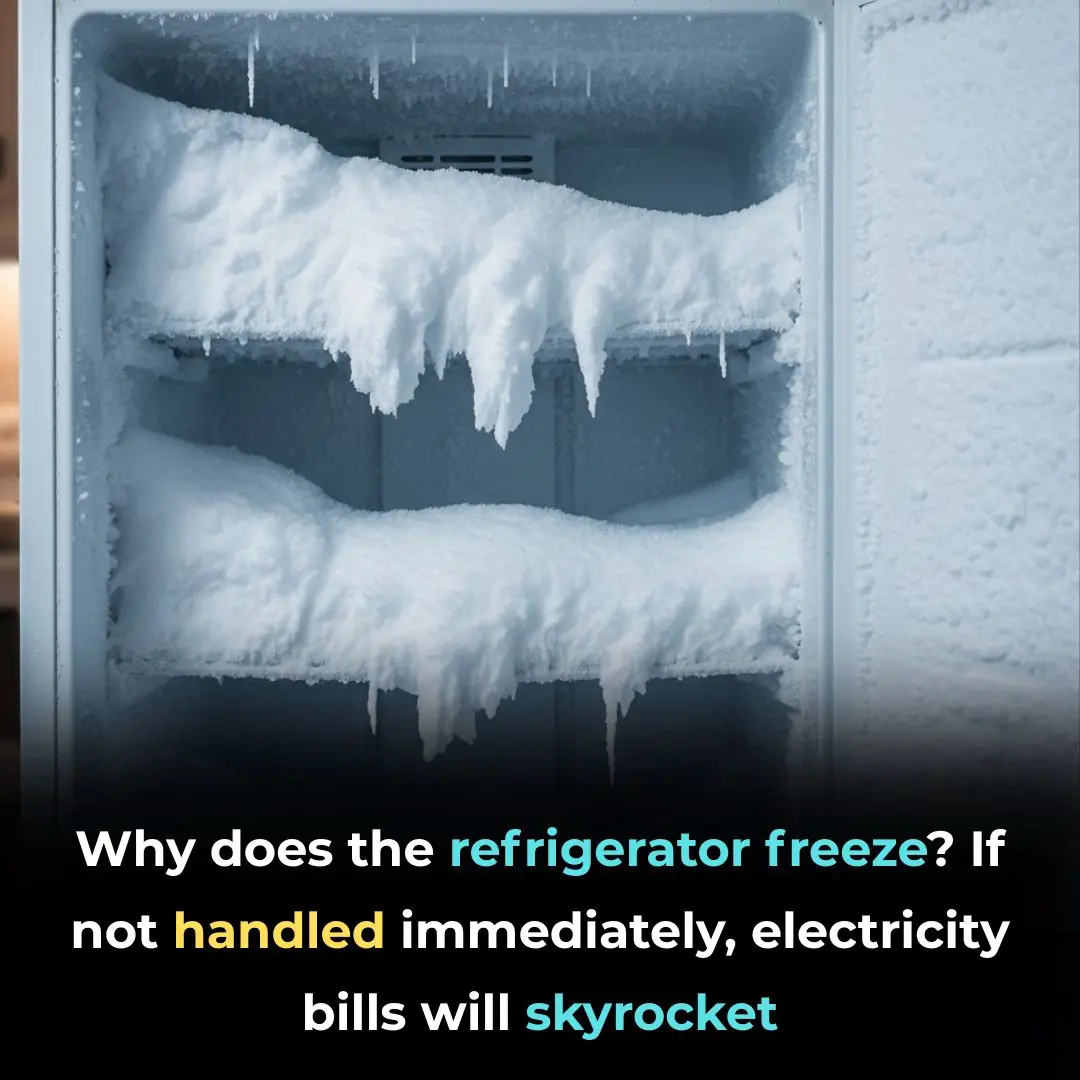
Why does the refrigerator freeze? If not handled immediately, electricity bills will skyrocket

Sitting cross-legged for a long time - a seemingly harmless habit but has 6 potential health risks

Everyone is afraid of diabetes, but diabetics are afraid of these 5 foods
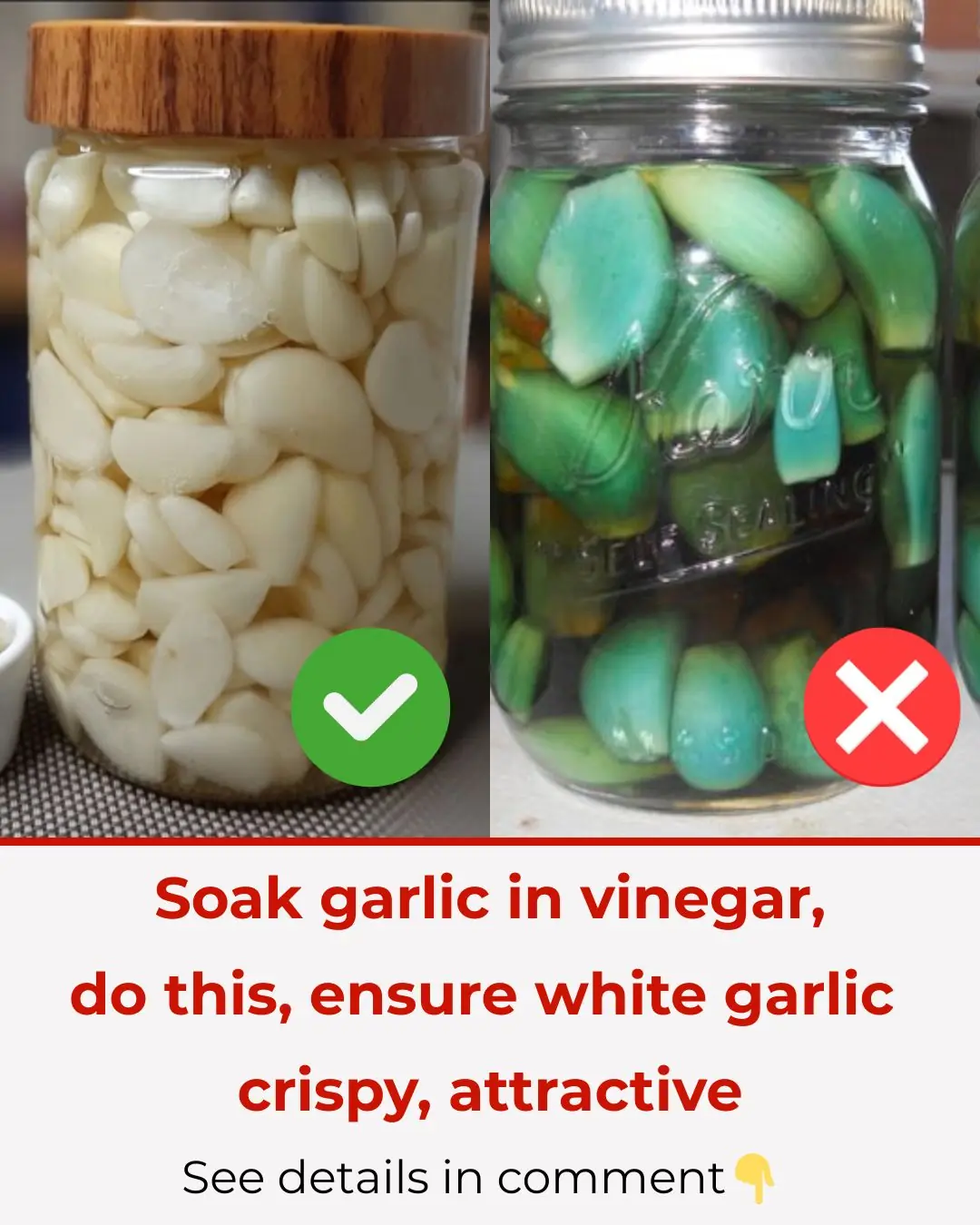
Soak garlic in vinegar, do this, ensure white garlic crispy, attractive
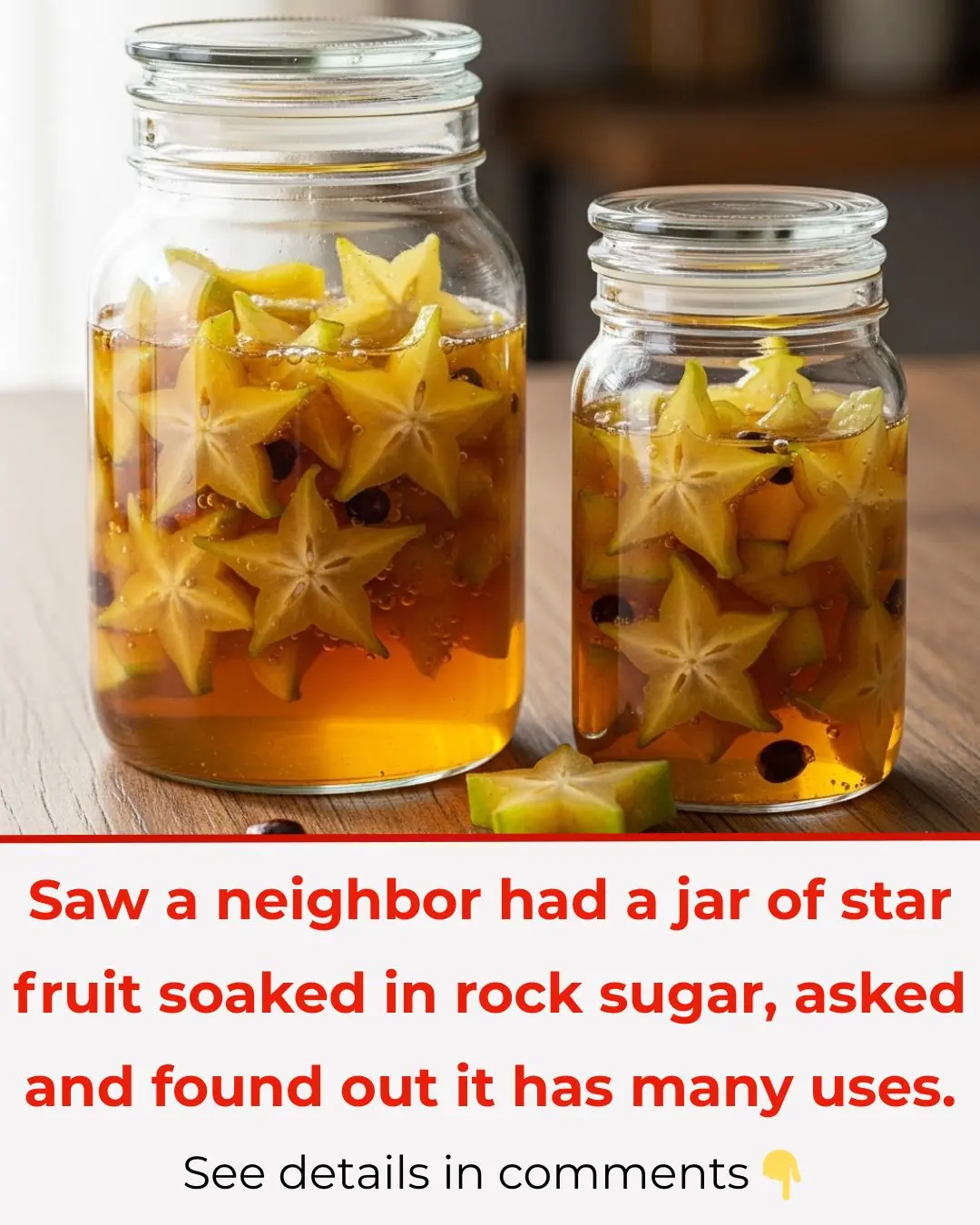
Saw a neighbor had a jar of star fruit soaked in rock sugar, asked and found out it has many uses.
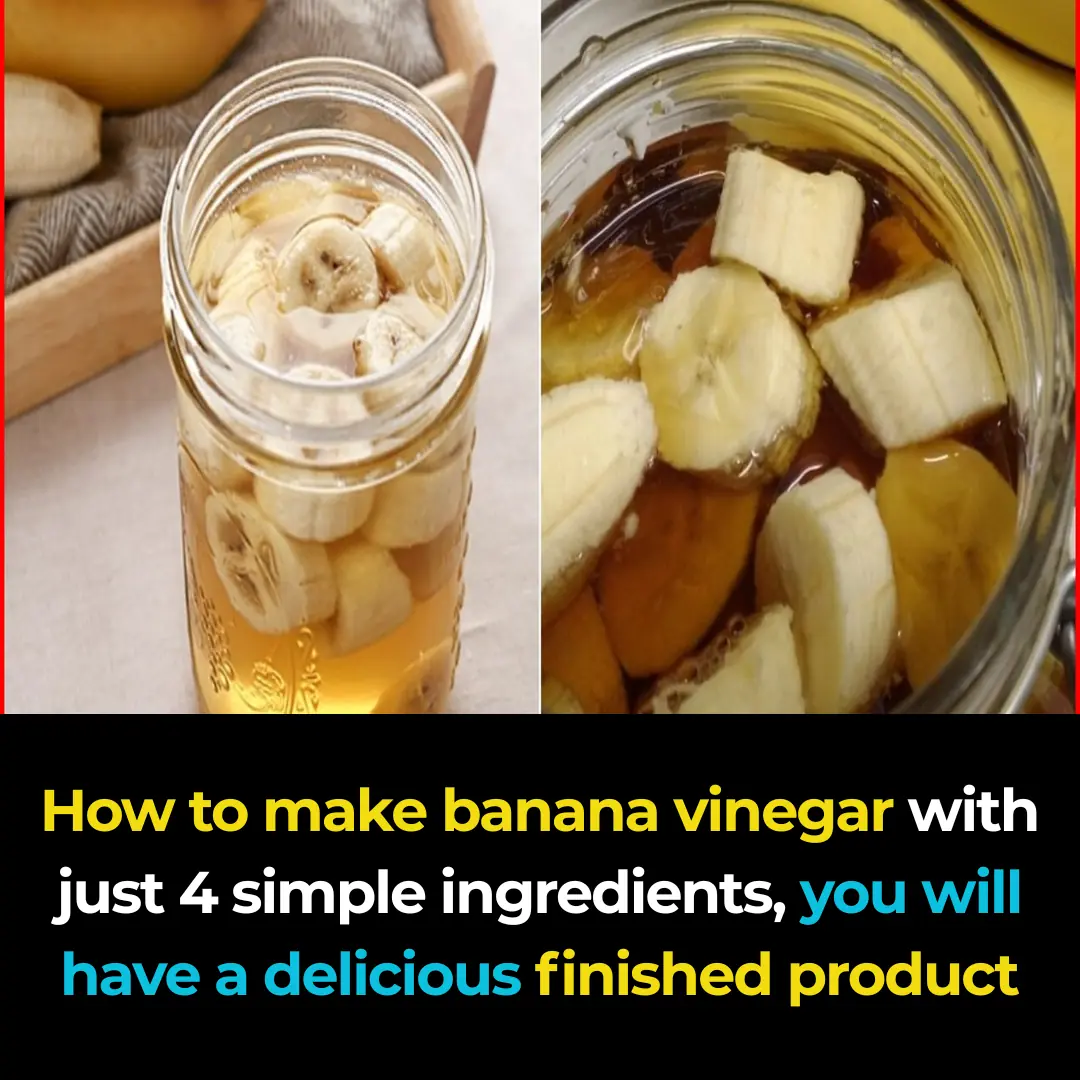
How to make banana vinegar with just 4 simple ingredients, and enjoy the delicious final product.

Drinking lemon ginger water provides these 6 amazing benefits for your body

Mosquitoes are most afraid of this bowl of water. Place it in your house, and no matter how many mosquitoes there are, they will all be gone. Sleep peacefully!

Drinking lemon ginger water provides these 6 amazing benefits for your body.
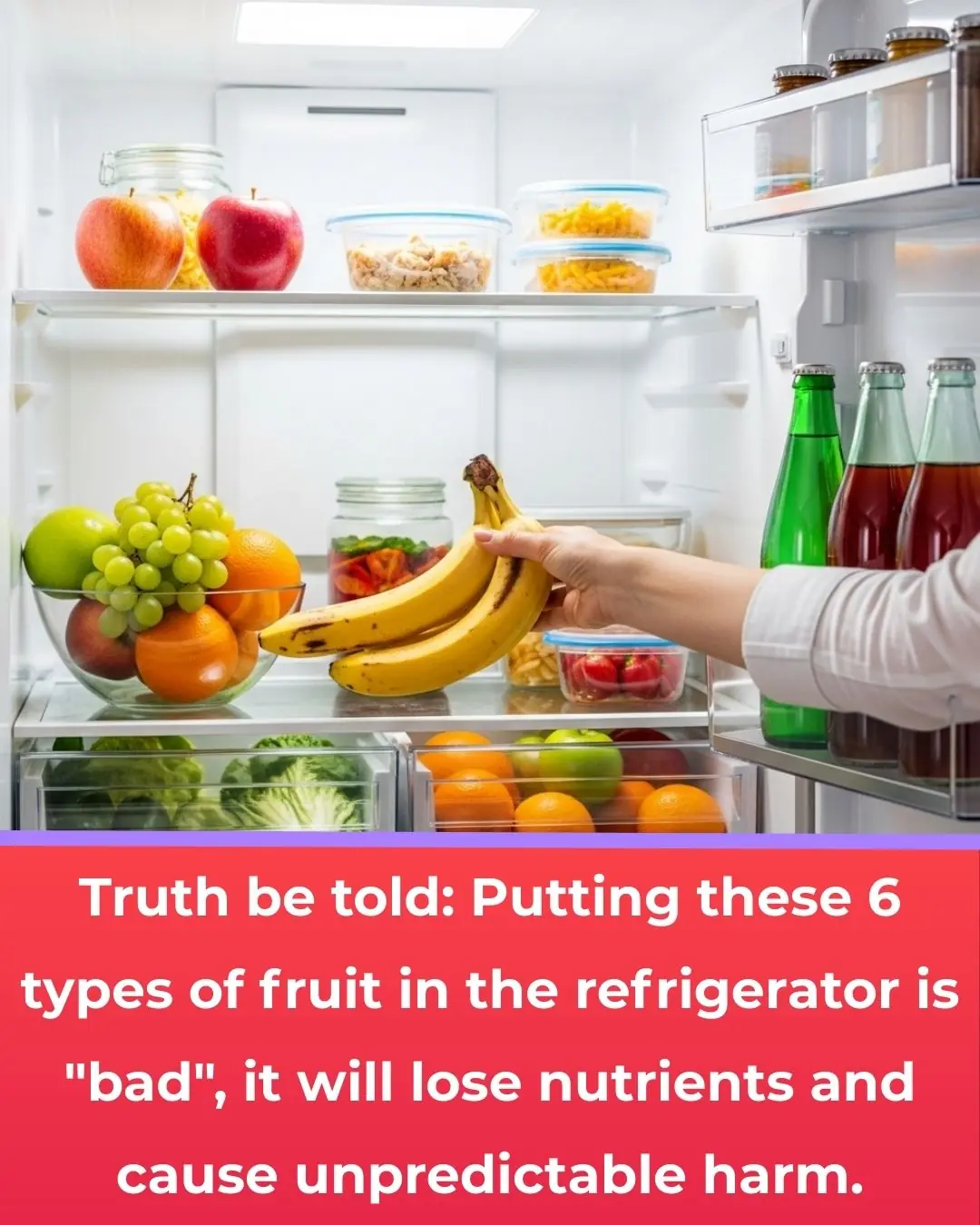
Store these 6 types of fruits in the refrigerator and it's "toang"
News Post

How to Save Electricity: Immediately Put a Roll of Toilet Paper into Your Refrigerator – An Amazing Trick That Also Saves You Money
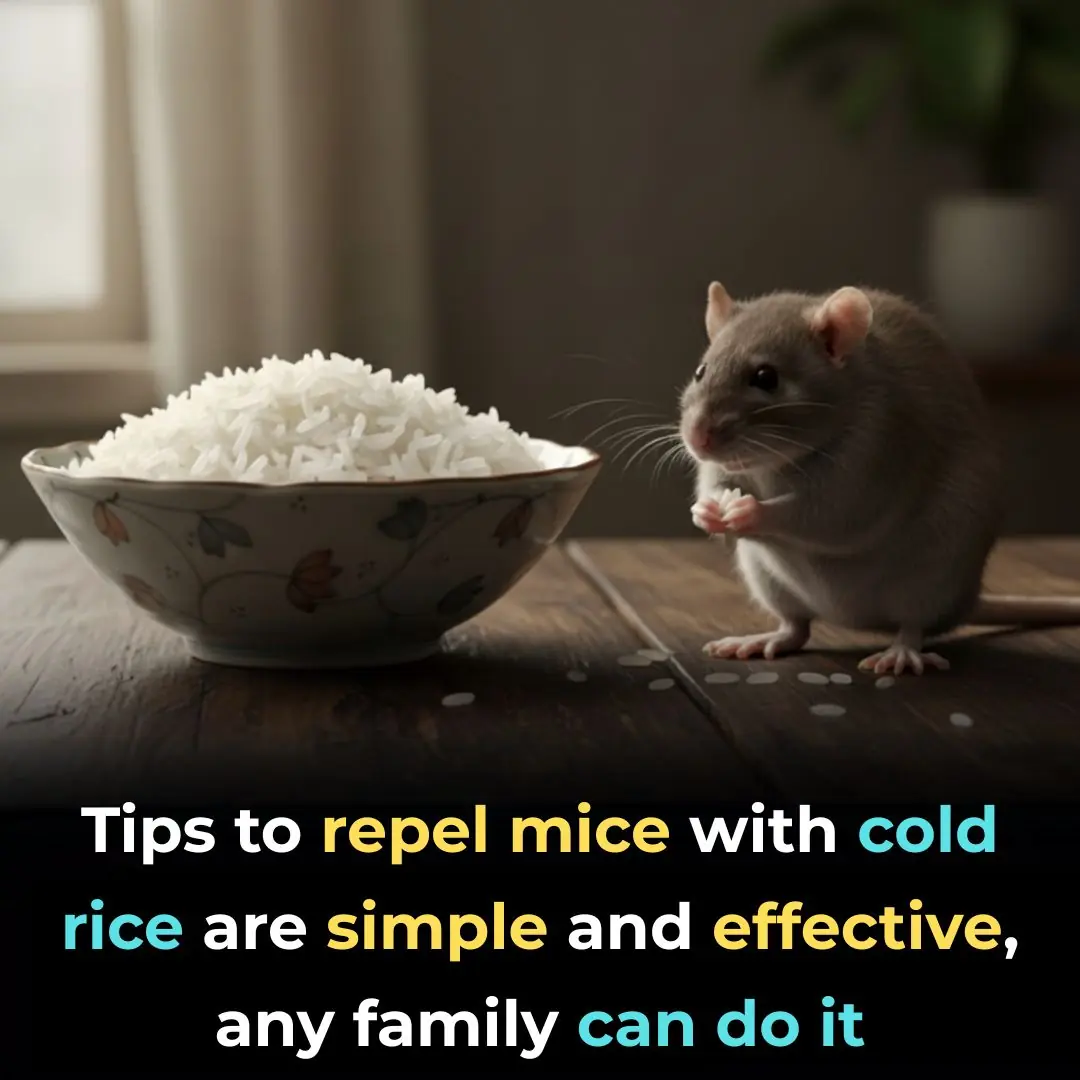
Simple and Effective Tips to Repel Rats Using Leftover Rice — Anyone Can Do It at Home

5 Most Common Deathbed Regrets, According to Palliative Care Nurse

🌿 Oregano: Nature’s Small but Mighty Healer
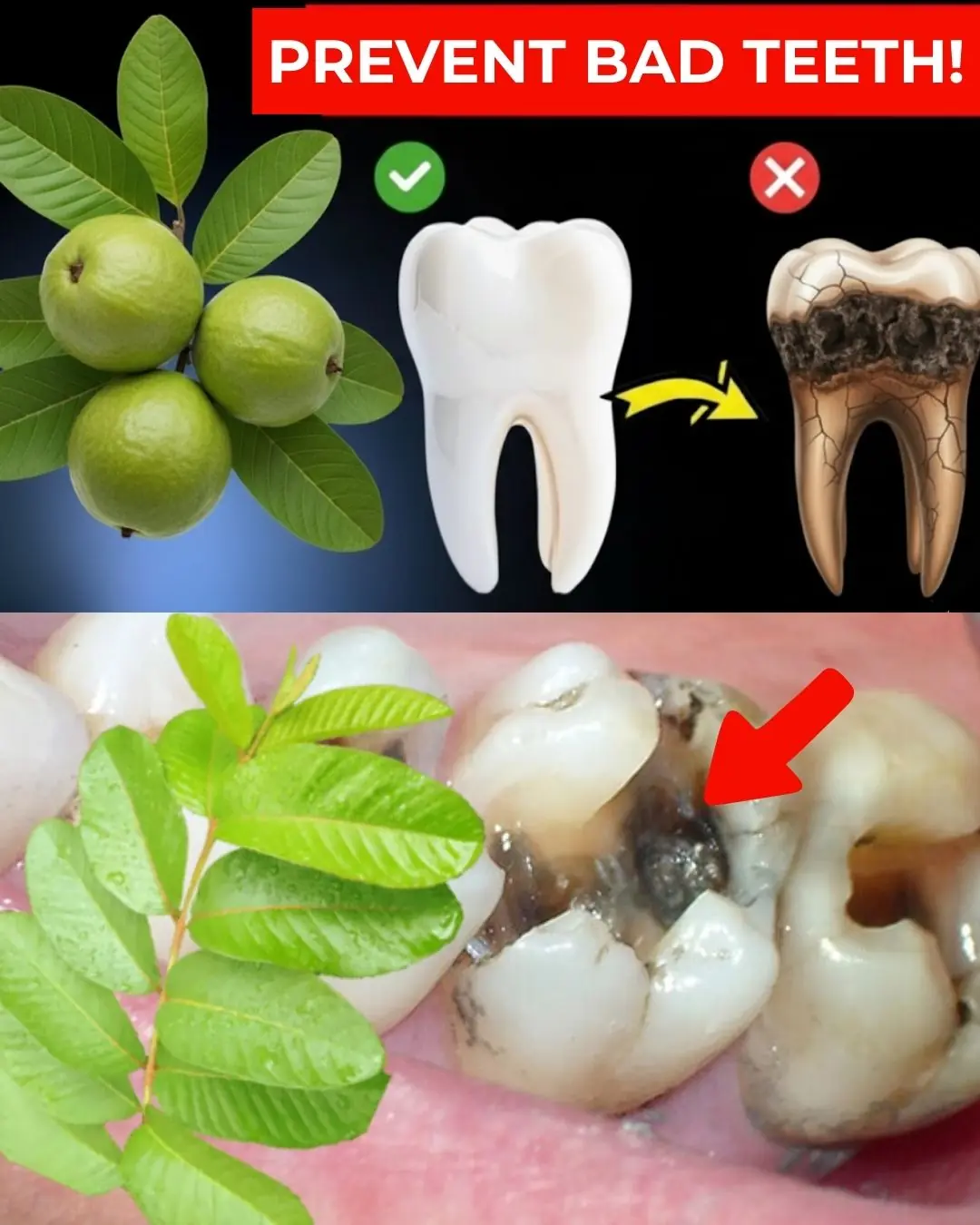
Top 3 Ways to Treat Tooth Decay with Guava Leaves – Simple and Cost-Effective

4 Red Flags Your Brain Might Be in Trouble as Experts Warn Alzheimer’s Can Start Decades Before Symptoms Appear
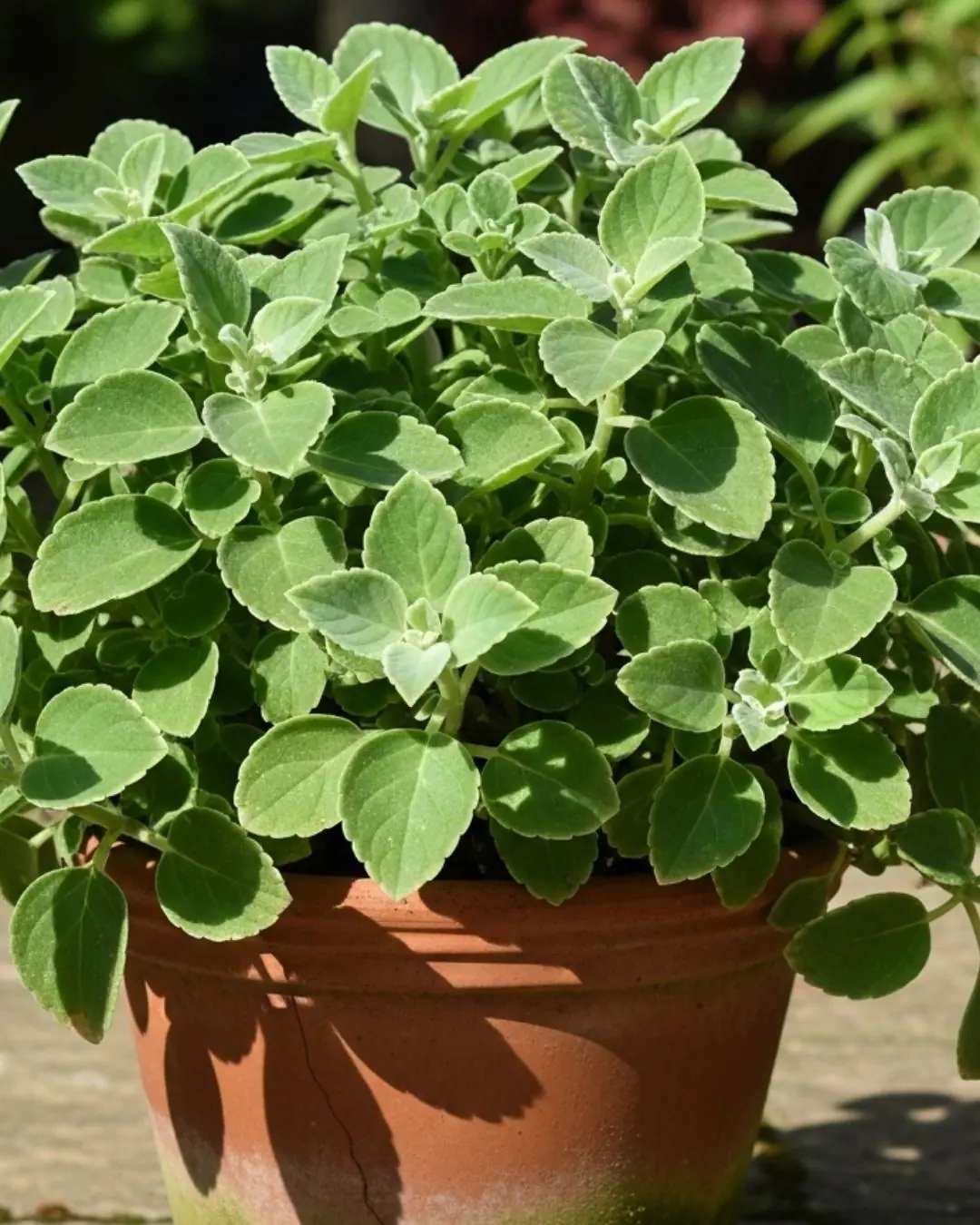
A Scientific Look at Oregano’s Role in Supporting Wellness
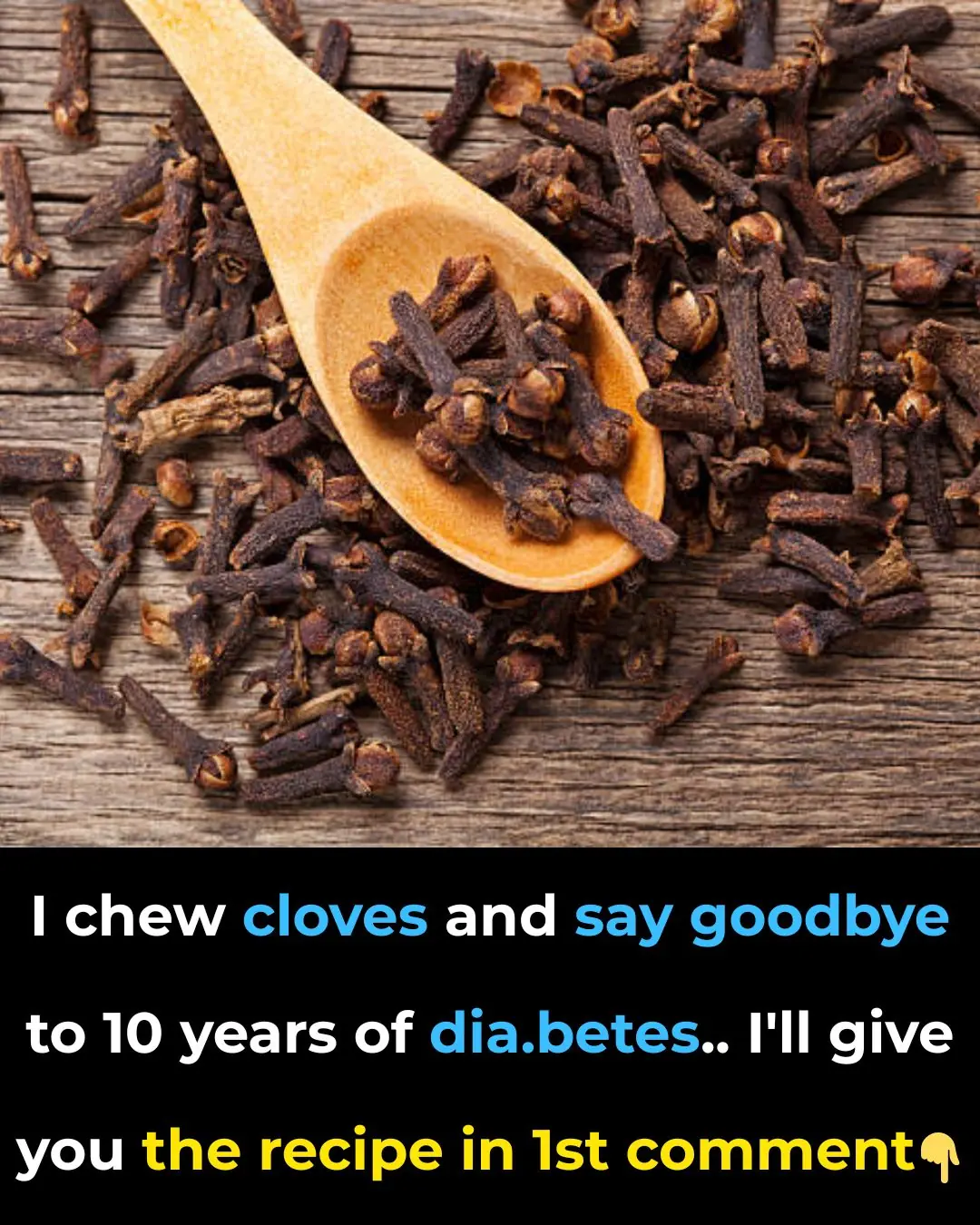
Cloves: 10 Health Benefits of Eating 2 Daily
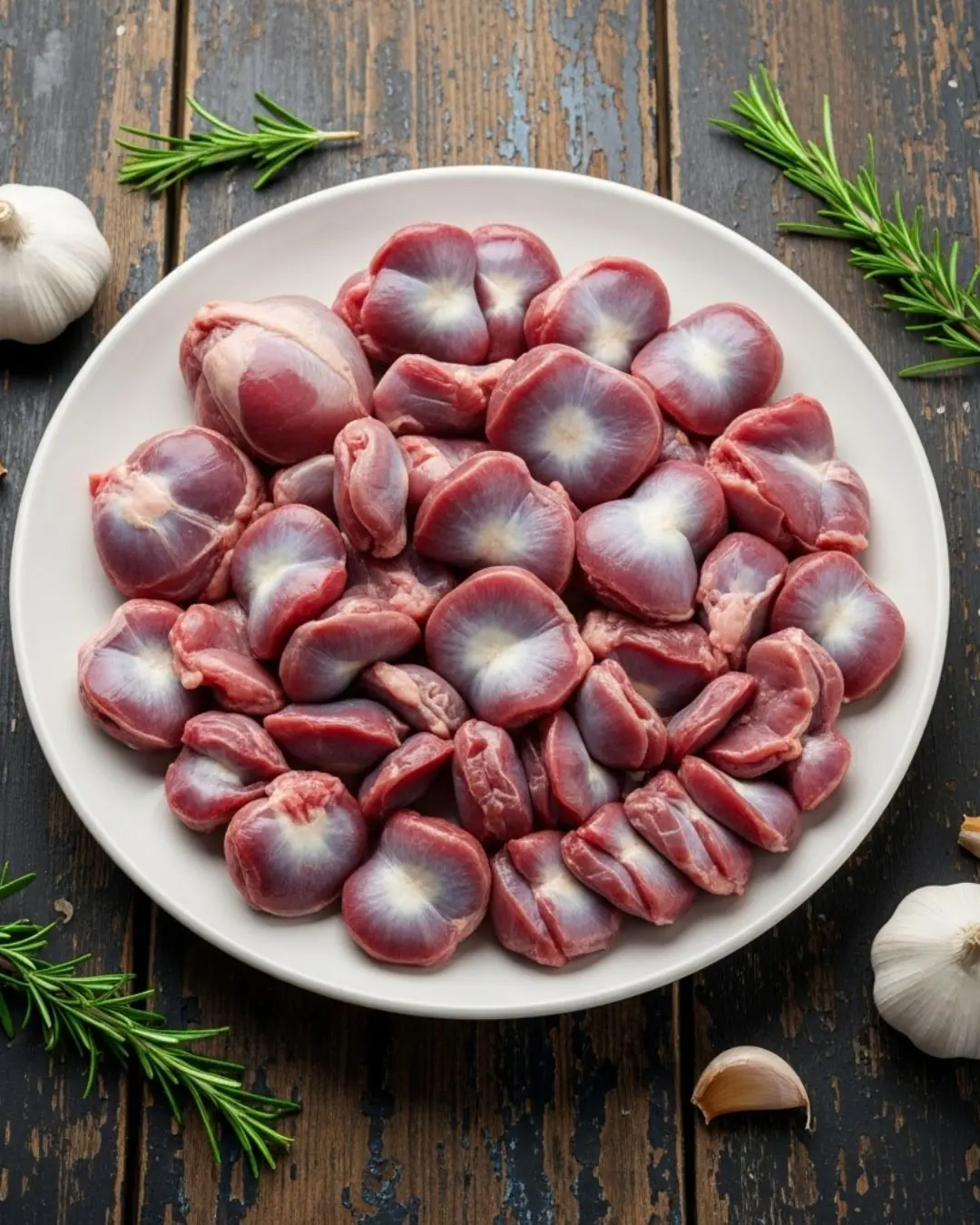
Chicken Gizzards: 3 Surprising Benefits You Might Be Missing

80% of Heart Attacks Could Be Avoided If Everyone Did These 5 Easy Things
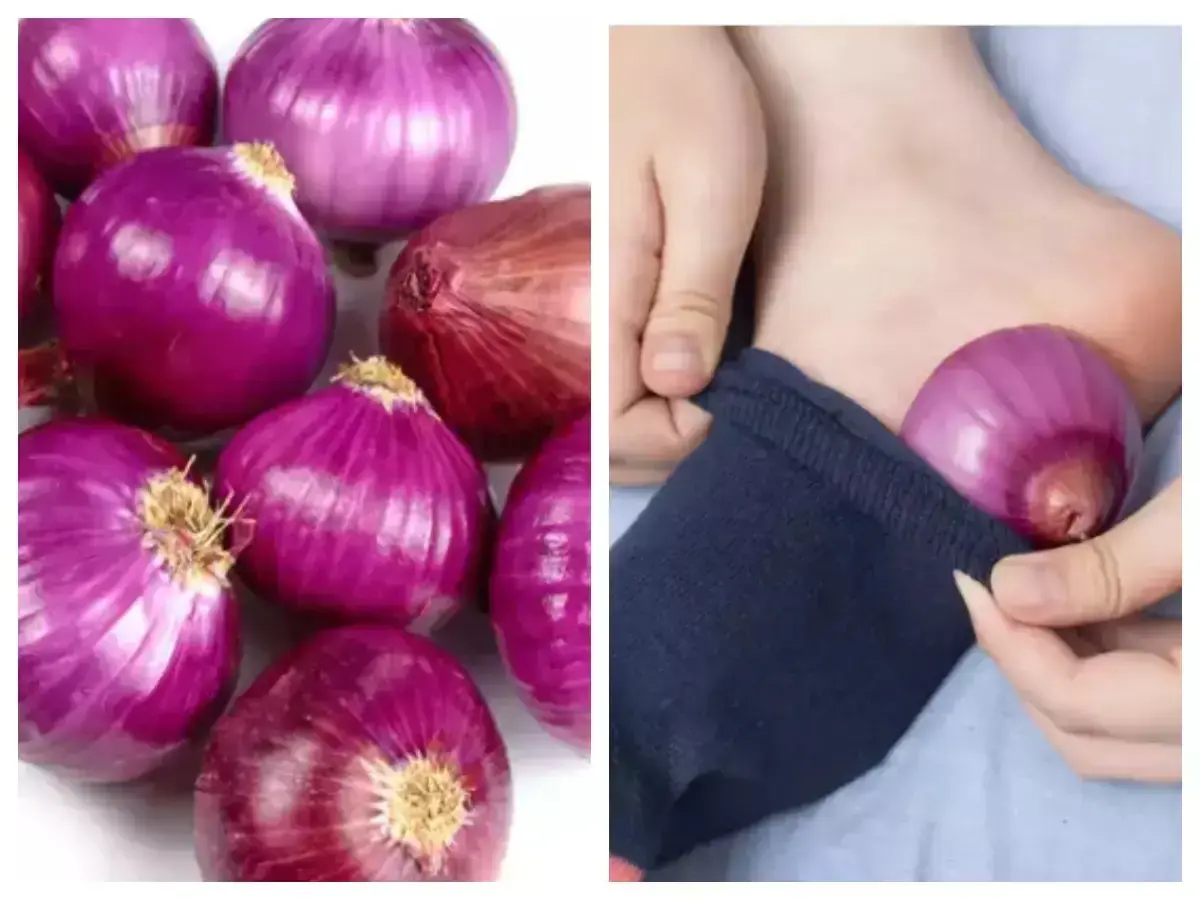
People Are Putting Onions in Their Socks—Here’s Why You Don’t Want to Miss Out

If You Press This Point on Your Foot Before Bed, This Is What It Does to Your Body

This Is What Happens to Your Lungs, Mood, and Blood Circulation When You Use a Himalayan Salt Lamp

Treat premature gray hair with this cheap black hair dye recipe using star fruit and potatoes!

Herbs help prevent cancer, have 1 plant and the whole family will be healthy

Elon Musk's bizarre four-word post leaves people deeply unsettled

Legal expert on bone-chilling moment he realized ChatGPT could replace him

Honest advice: Throw away these 4 toxic plastic items immediately before cancer "knocks on your door"
